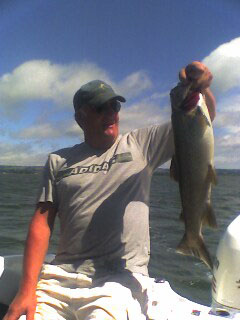Thank you Bill R & Bill G,
I hear what you both say. My basic understanding is that 3-blades tend to damp down some of the vibrations slightly, give less noise and as you say, a smaller diameter arc so less (sorry that should read 'more') ground clearance. And I agree that for a small aircraft like this with only 160hp the diffences may be negligible at best. But some fliers seem to swear by them and my personal taste is the 3-blader looks better. 35 years ago when I joined EAA we didn't have much of a product choice (at least in my country) so now I have a lot more options to evaluate with this, my retirement project. The choice is exciting! - So I am keeping an open mind and checking things out as best I can. I must be getting quite ancient 'cos I just dislike the modern square glass panel screens on principle. Yuck! - much prefer the old analog instrument displays I was brought up on. Who cares if they are proven to be more efficient - they're just not right. Back to the project - I'm trying for good take-off performance out of some short strips in the hills. Hopefully not too overweight with my bag full of NZ Rainbow Trout.
Cheers
Barry
PS - Here's a baby we had to throw back - undersized!





 Reply With Quote
Reply With Quote
